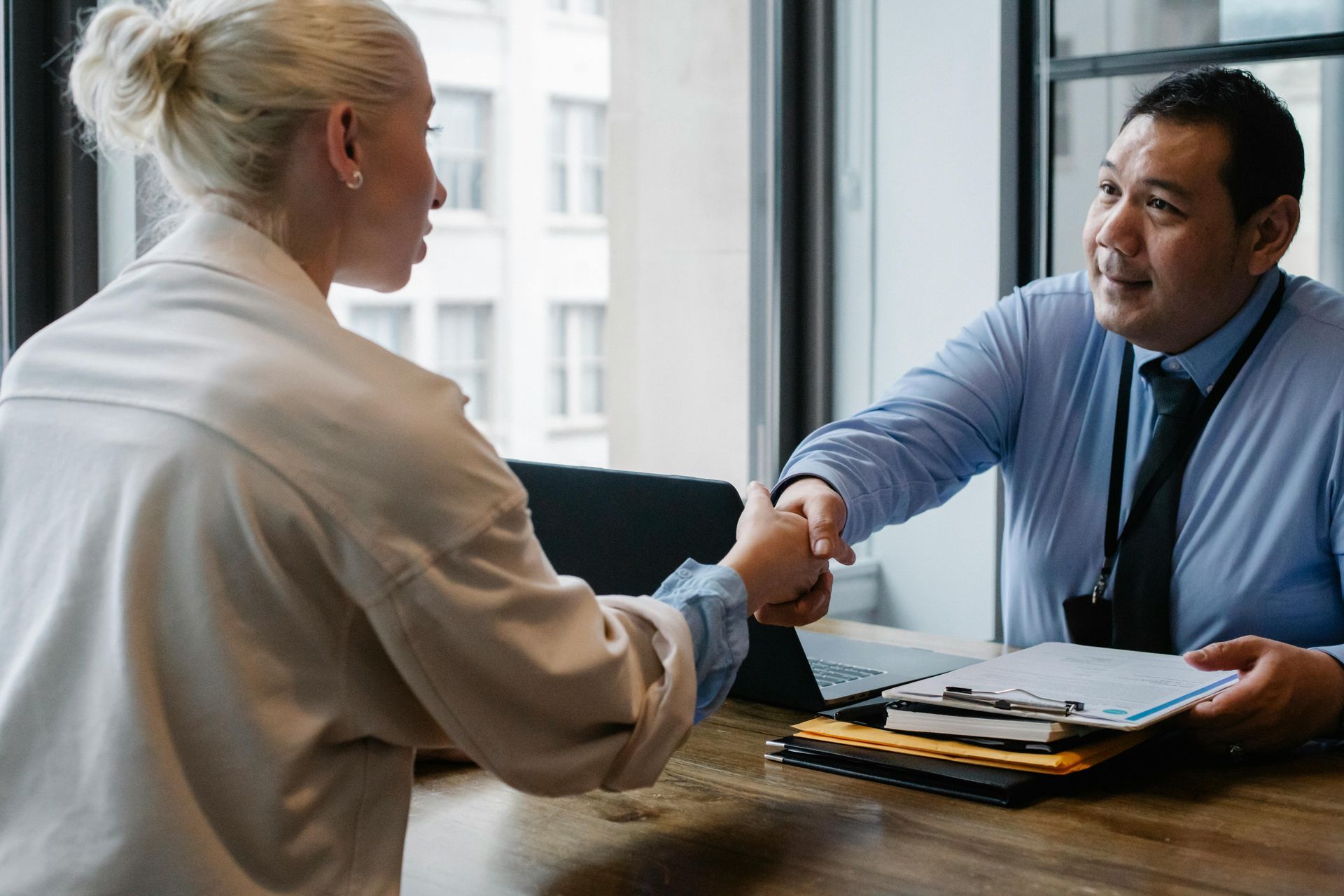The lost art: How to write a winning C.V.
The art of writing a C.V. seems to have been lost in recent years. With the widespread adoption of LinkedIn being the single source of truth when it comes to people’s work history and interests, most people seem to be putting their C.V.’s on the backburner, instead choosing to focus on building a strong LinkedIn profile.
The simple fact is that the humble C.V. is that much better for a candidate to give, way ahead of a LinkedIn profile. A LinkedIn profile is used to find candidates, but when it comes to showcasing what a candidate is like, the C.V. becomes the first port of call.
Nowadays the meaning behind C.V’s are lost on people. What is often not realised is that a C.V. is used to tell a story more than it is a working history. When it comes to applying for roles, a good C.V. will not just be the history of work that a person has undertaken, but it will describe the kind of person that is behind it. A LinkedIn profile doesn’t do that. A LinkedIn profile can be manipulated to make a candidate look a certain way, but a C.V. can’t. Below, I share my tips for you to write a winning C.V. for your next role.
1. Tell a story
By understanding that a C.V. is not just a list, but there is a narrative behind it, you may be able to see what recruiters are really looking for. My favourite technique when reviewing C.V.’s is to see that people have created a linear timeline, and to see whether there are “gap years”. This might show someone as being adventurous, or can also be seen as a candidate having wanderlust, and probably not sticking around for the long term. These subtle details will also speak volumes about the cultural fit for the candidate filling the role. This isn’t a value judgement, but it does help a recruiter learn more about the type of person that is on the paper. Other ways you can tell a story is by describing the evolution of your skillset in your previous roles i.e. “I started doing this, but ended up doing this”. This will speak volumes about your ability to adapt into a role.
2. Tell us about specific interests
This doesn’t mean say “I enjoy coffee”, because that’s not exactly something particularly unique. Listing the specifics of your interest can go far in building a persona of who you are. Remembering that a C.V. is more than a work history, it’s part of your working identity, so it’s important to shed some light on other parts of your life to the prospective company you’ll be working with.
3. Understand your C.V. is a living document
Your C.V. should never be static. Even if you’re committed to your current role, if you ever plan to consult in the future, you should look at adding and subtracting information. Have it reviewed by your peers and friends, and always make sure it’s showing who you are as of now. Most people don’t do this, and end up having to account for the net difference between who they are now in the interview.
Finally, remember that your C.V. matters more than you realise. By taking it seriously, and always making sure it is reflective of who you are now, you can be assured that the right roles will come to you.






